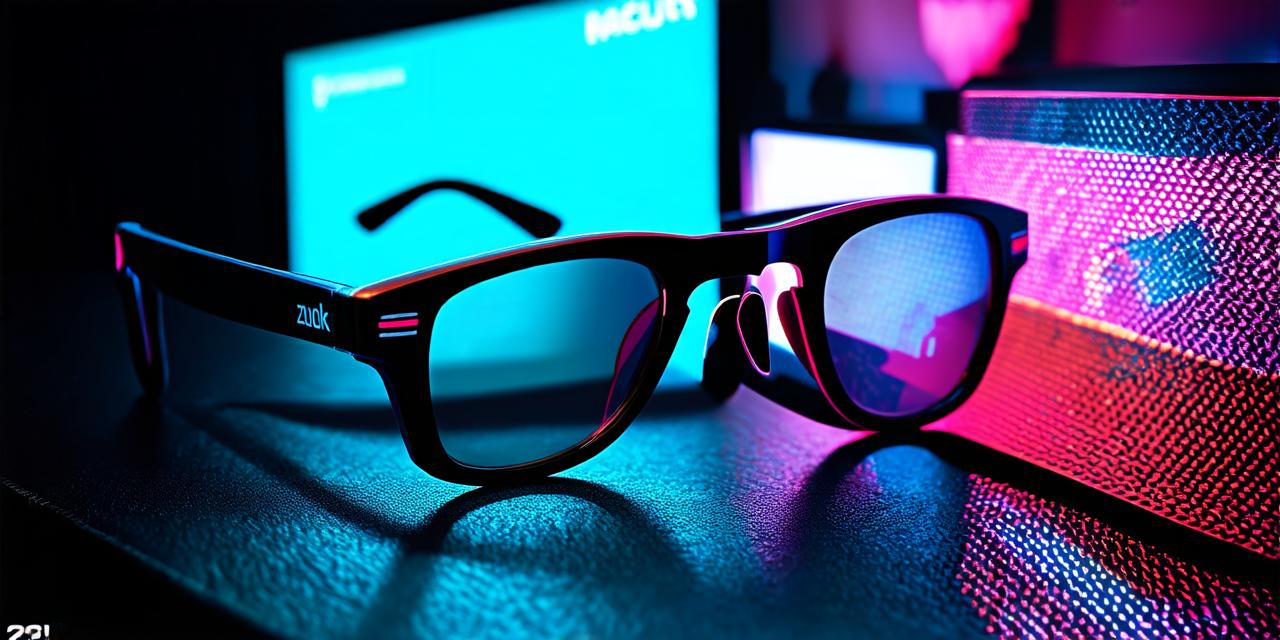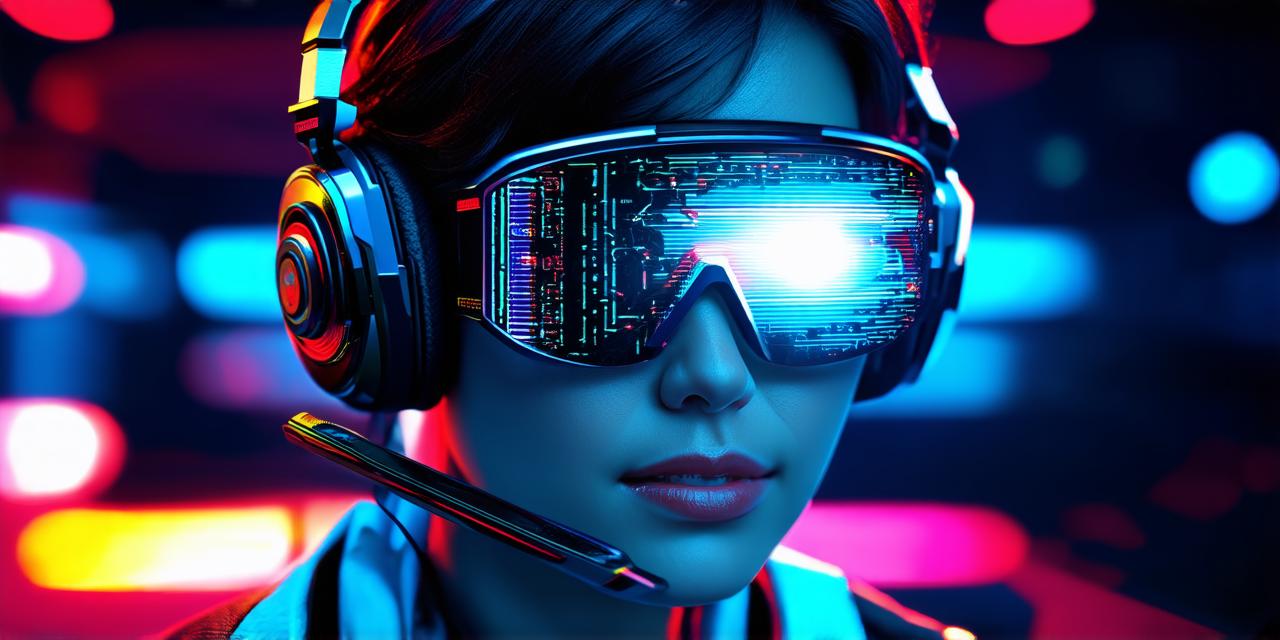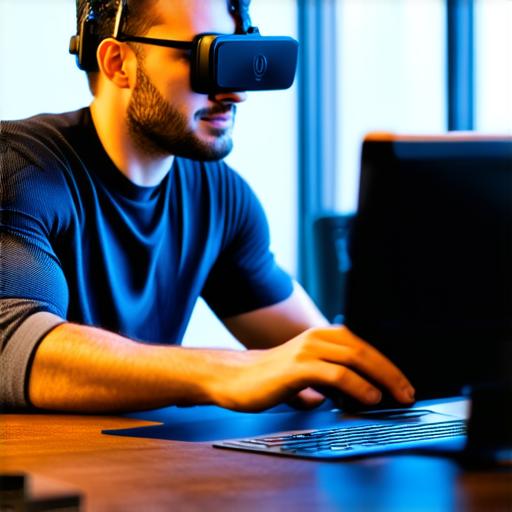Exploring ways to learn about augmented reality.
Introduction
Augmented reality (AR) is a technology that allows virtual objects and images to be overlaid onto the real world. It’s becoming increasingly popular in various industries, from gaming to education and healthcare.
What is Augmented Reality?
AR technology involves superimposing digital information onto a real-world environment. This can be achieved through the use of various devices such as smartphones, tablets, and headsets. AR allows users to interact with virtual objects and images in a way that feels natural and intuitive. It’s an immersive experience that can be used for training, education, entertainment, and more.
How does Augmented Reality work?
AR technology works by using sensors and cameras on a device to capture the real world environment. This data is then processed by software algorithms that create a digital image or object that can be overlaid onto the real-world environment. The key to creating an effective AR experience is to ensure that the virtual objects and images are accurately aligned with the real-world environment.
Why is Augmented Reality important?
AR technology has the potential to revolutionize various industries, from gaming to education and healthcare. Here are some reasons why AR is important:
- Immersive learning experiences – AR can be used to create interactive and immersive learning experiences that engage students in a way that traditional classroom methods cannot.
- Training and simulation – AR technology can be used for training and simulation purposes, allowing professionals to practice their skills in a safe and controlled environment. For example, pilots can use AR to simulate flying scenarios, allowing them to hone their skills without the risk of injury or damage to equipment.
- Enhanced customer experiences – AR technology can be used to create engaging and interactive experiences for customers. For example, furniture retailers can use AR to allow customers to see how different pieces of furniture would look in their home before making a purchase.
- Improved healthcare outcomes – AR technology can be used to improve patient outcomes by providing real-time information and visualization tools. For example, surgeons can use AR to plan and execute complex procedures with greater precision and accuracy.

Case Studies
1. IKEA Place
IKEA Place is an AR app that allows users to visualize how different pieces of furniture would look in their home. The app uses the camera on a user’s smartphone or tablet to capture the real-world environment, and then overlays virtual furniture onto the image. Users can drag and drop different pieces of furniture into their space, allowing them to see how they would look and fit.
2. Anatomy AR
Anatomy AR is an AR app that allows students to explore the human body in 3D. The app uses a user’s smartphone or tablet to capture the real-world environment, and then overlays virtual models of different systems and organs onto the image. Students can interact with the models, allowing them to zoom in, rotate, and explore different layers of the body.
3. Pokemon Go
Pokemon Go is an AR game that has captured the imagination of millions of users worldwide. The game uses a user’s smartphone or tablet to capture the real-world environment, and then overlays virtual creatures and objects onto the image. Users can search for and collect different creatures, and even battle them with other users in augmented reality arenas.
FAQs
1. How does AR technology work?
AR technology works by using sensors and cameras on a device to capture the real-world environment. This data is then processed by software algorithms that create a digital image or object that can be overlaid onto the real-world environment. The key to creating an effective AR experience is to ensure that the virtual objects and images are accurately aligned with the real-world environment.
2. What are some examples of AR applications?
Some examples of AR applications include IKEA Place, Anatomy AR, Pokemon Go, and Snapchat filters.
3. How is AR different from VR?
AR and VR (virtual reality) are similar technologies, but they differ in a few key ways. AR overlay virtual objects onto the real world, while VR creates a completely immersive experience by blocking out the real world. Additionally, AR experiences can be accessed through devices like smartphones and tablets, while VR typically requires specialized hardware.
4. What are some potential uses for AR in healthcare?
Some potential uses for AR in healthcare include allowing surgeons to plan and execute complex procedures with greater precision and accuracy, providing real-time information to patients during treatments, and enabling doctors to visualize patient anatomy in a more detailed way.
Conclusion
Augmented reality is a powerful technology that has the potential to revolutionize various industries. By overlaying digital information onto the real world, AR allows users to interact with virtual objects and images in a way that feels natural and intuitive. Whether you are interested in using AR for learning, training, entertainment, or healthcare, this guide provides you with the essential knowledge you need to get started.


















